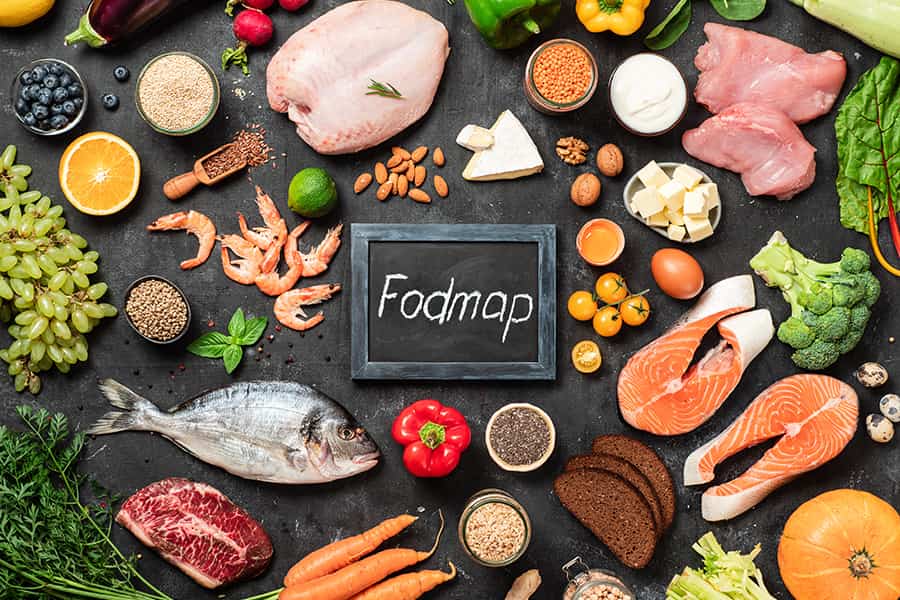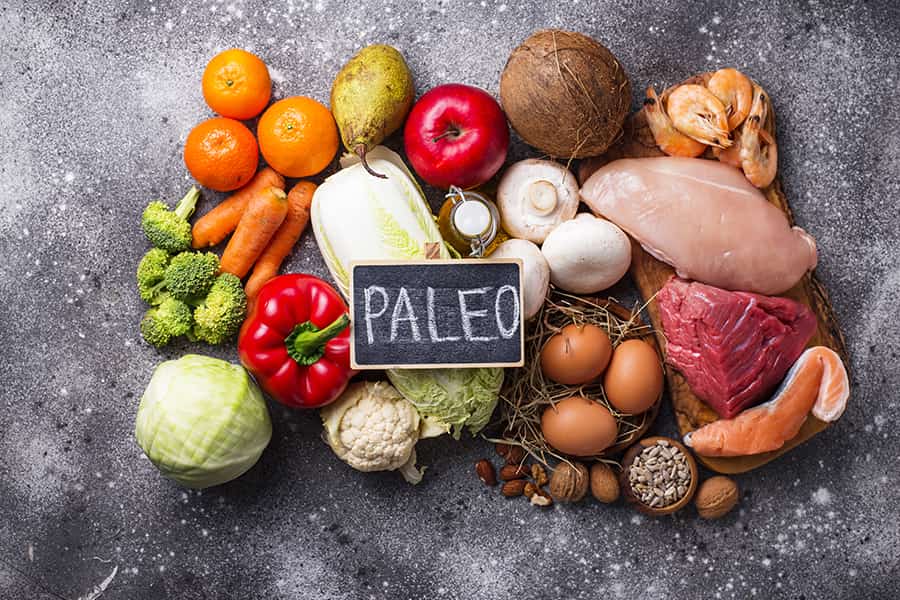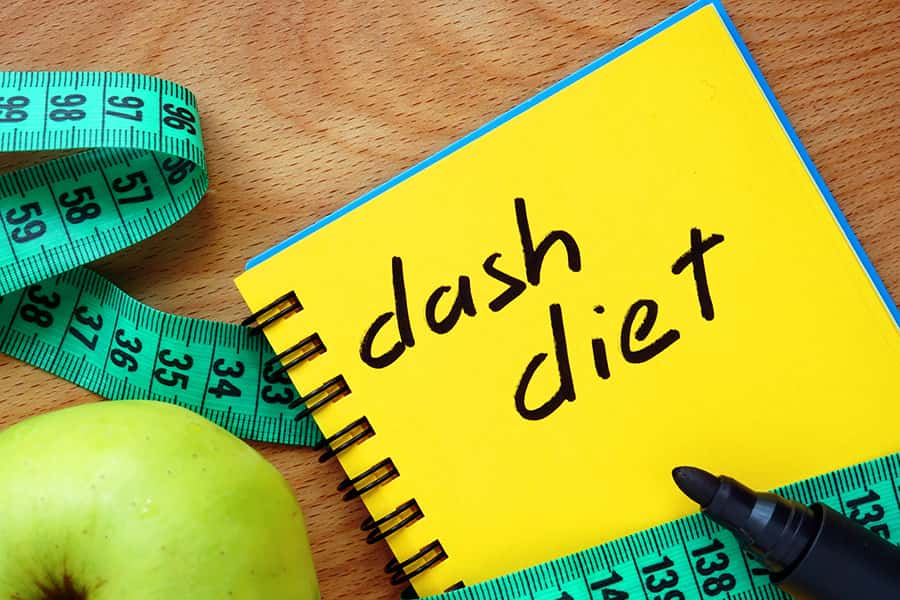- Home
- Health
- Healthy Body
- 10 popular diets to try
When it comes to dieting, there’s no shortage of information. Websites, books, and magazines all seem to promise the magic diet that you need to achieve your goals. But with so many options and information to decode, how do you know which approach will work best for you?
If you have a history of going on fad diets and are feeling frustrated at the lack of results, it’s important to remember that weight loss should be a gradual process. While it can be tempting to buy into promises of rapid weight loss programmes, very rarely are these results sustainable. Instead, building healthy lifestyle changes over time is often much more worthwhile.
So if you’re on the lookout for a new diet to help you achieve your weight loss goals, we’ve put together a list of some of the top options. Not only can these programmes lead to healthy weight loss, but many also bring various other benefits including improved gut health, lower blood pressure and cholesterol, and a reduced risk of diabetes and heart disease.
1. Mediterranean diet

This diet mimics the traditional eating habits of people living in countries bordering the Mediterranean Sea. Its main components include a lot of vegetables, fruit, legumes, cereals, grains, fish, and unsaturated fats like olive oil.
The Mediterranean diet is often linked to good health, including a healthier heart, because it includes low amounts of animal products like meat and dairy, which tend to be high in saturated fat. According to the NHS, it’s very similar to the Government’s healthy eating advice.
You can find out more about the Mediterranean diet on our site. Or, if you’re ready to get started, why not try making some of these Mediterranean recipes? With over 60 recipes to choose from, there’s everything from salmon salad, rosemary grilled lamb chops, and roasted red pepper humous.
2. FODMAP diet

The FODMAP diet isn’t actually designed for weight loss, but to boost gut health instead. The FODMAP acronym refers to the short-chain carbohydrates (sugars) that the small intestine can have trouble absorbing. These absorption issues can cause symptoms typical of irritable bowel syndrome (IBS), but by removing or limiting these sugars from your diet, you can improve your gut health.
The FODMAP diet usually follows a three-step elimination process where you stop eating high FODMAP foods, and slowly reintroduce them one by one to identify which are upsetting your gut. High FODMAP foods include dairy-based products, beans and lentils, and some fruits like apples and pears. Low FODMAP foods include meat and eggs, dairy-free products, and grains like quinoa and rice.
You can find a full list of high and low FODMAP foods on the IBS Diets website. There are also plenty of recipe books available on Amazon, including The Low-Fodmap Diet for Beginners, and The FODMAP Friendly Kitchen Cookbook.
You should speak to your GP or a dietitian before starting this diet so that they can advise you on how best to get started, and rule out any other medical issues that might be causing your IBS symptoms.
3. Vegan and vegetarian diets

The popularity of vegan and vegetarian diets has grown significantly over recent years. Not only are they great for ethical and environmental reasons, but they also have huge health benefits and can be a significant aid in weight loss.
Research has shown that a vegetarian diet can be almost twice as effective in reducing body weight as non-vegetarian diets. In addition, one study found that vegetarian populations have lower rates of heart disease, high blood pressure, diabetes, and obesity. It also revealed that weight loss on a vegetarian diet is not dependent on exercise and will usually result in the loss of one pound of body weight per week.
If you’ve eaten meat your whole life, transitioning to a vegan or vegetarian diet might seem daunting. But it’s worth remembering that it doesn’t have to be an all-or-nothing diet. More and more people are deciding to follow vegetarian or vegan spin-offs. For example, the flexitarian diet which reduces meat intake rather than eliminating it completely, and the pescetarian diet, which eliminates all meat aside from fish.
If you’re looking for some inspiration, why not have a go at making some of these delicious vegetarian recipes from BBC Good Food? There’s everything from Mexican bean soup and roasted aubergine curry, to double bean chili and vegetarian fajitas. You could also try some of the sweet and savoury vegan recipes in our article here.
4. Paleo diet

The Paleo diet mimics the eating habits of hunter-gatherers who lived during the Paleolithic era, before the development of agriculture. The diet is largely based on whole foods that can be ‘hunted’ – for example, seafood, nuts, and vegetables – meaning anything that’s processed is out of bounds. People are also encouraged to live an active lifestyle alongside the diet.
Several studies have shown that the paleo diet can be extremely effective for weight loss (without having to count calories). It can also help to lower blood pressure and cholesterol, and decrease the risk of conditions like heart disease and diabetes.
You can find a full breakdown of foods to eat and which to avoid on the Eating Well website. Or, there are plenty of books on Amazon to help you get started including The Paleo Diet: Food Your Body is Designed to Eat and The Paleo Diet Cookbook.
5. Intermittent fasting

Intermittent fasting is a dietary approach that follows periods of fasting and then eating. It essentially restricts the time that you can eat, which is a simple and effective way to help reduce your calorie intake.
There are various forms of intermittent fasting, but popular versions include the 16:8 method, where your calorie intake is limited to eight hours per day, and the 5:2 method where you fast for two days a week.
One study showed that over three to 24 weeks, intermittent fasting led to significantly more weight loss than many other dietary methods. Other benefits include improved metabolism and brain health, reduced inflammation, and anti-ageing effects.
If you’re unsure where to start, there are plenty of helpful books available on Amazon like Intermittent Fasting for Beginners and The Essential 5:2 and 16:8 Guide. In addition, intermittent fasting journals can help you track your progress, or you could try one of these intermittent fasting apps.
Generally speaking, intermittent fasting is safe for most healthy adults. However, it may not be suitable for people who are sensitive to drops in their blood sugar level, have a low BMI, are pregnant and/or breastfeeding. You can read more about intermittent fasting methods in our article; The 5:2 diet: does it really work?
6. DASH diet

DASH stands for Dietary Approaches to Stop Hypertension. It’s a long-term approach to healthy eating created to improve or prevent high blood pressure. Research shows that the DASH diet is one of the best dietary options to prevent heart disease, stroke, diabetes, and some forms of cancer.
The DASH diet encourages eating plenty of fruits, vegetables, whole grains, and lean protein sources like chicken, fish, and beans. It’s also rich in important nutrients such as magnesium, calcium, and fibre. Meanwhile, intake of red meat and other foods high in salt, added sugars, and fat are restricted.
You can learn more about how to get started with the DASH diet, get tips to stay on track, and find advisory levels of each food group on the National Heart, Lung, and Blood Institute website. There’s also plenty of useful books available on Amazon like A 21-Day DASH diet meal plan and DASH Diet for Beginners.
7. Ketogenic diet

The ketogenic diet is a high-fat, low-carb diet. Reducing your carb intake and replacing them with fats puts your body into a metabolic state known as ketosis, which makes it highly efficient at burning fat.
Studies have shown that the keto diet can aid weight loss and significantly reduce blood sugar and insulin levels, which can help prevent conditions like diabetes, cancer, and Alzheimer’s disease.
There are plenty of books available on Amazon with helpful advice and recipe ideas including The Original Keto Diet Book and The Keto Diet Weight Loss Cookbook.
It’s important to note that as with any new diet, there’s an adaptation period. This is often especially noticeable with the keto diet because the body has to shift its source of fuel from carbohydrates to fat. This can cause some side effects, however, these should fade within four weeks.
Some people may not be suited to a ketogenic diet, or will at least require closer supervision on it. This includes pregnant women, children, people with a low BMI, and anyone at risk from hypoglycemia. It’s always best to check in with your doctor before starting a new diet, even if you don’t fall into any of the groups above.
You can read more about the keto diet in our article, The keto diet: what is it, and does it really work?
8. Volumetrics diet

The Volumetrics diet is a weight loss plan that helps you feel full while eating fewer calories. The diet encourages eating a lot of nutrient-dense foods that are lower in calories like fruit, vegetables, and soup, in order to feel full. Meanwhile, calorie-dense foods such as biscuits, cookies, and nuts are limited.
The diet sorts foods into four separate groups based on their calorie density. No foods are completely off-limits, and you can modify your portions or adjust other meals in order to fit high-calorie treats in. The plan also encourages regular exercise and use of a food journal. Research shows that for people carrying excess weight, meals with lower calorie density led to feeling fuller, less hungry, and fewer cravings.
The Volumetrics diet was created by renowned nutrition researcher Barbara J. Rolls. In her books The Volumetrics Weight-Control Plan, Eating Plan, and Ultimate Volumetrics Diet, you’ll find various recipes and tips for following the diet.
9. Nordic diet

The Nordic diet is based on fresh whole foods that have a low environmental impact. For example; local fish, dairy products, lean meats, seasonal produce, and whole grains like oats and barley. The diet excludes processed high-fat foods, such as chips, cookies, and red meat. As a result, it’s significantly lower in sugar and fat than the Western diet and contains twice the amount of fibre and seafood.
The Nordic diet was created by a group of experts in Copenhagen for the purpose of improving public health, and limiting environmental impact. Studies have shown that it can aid weight loss without restricting calories, and combat high blood pressure, cholesterol, and inflammation.
If you fancy giving it a go, why not try this Nordic meal plan for the week? You’ll find everything from blueberry almond smoothies to roasted pepper pizza, and lemon chicken pasta.
10. Weight loss programmes

If you struggle to stay on track with diets and would like some extra support, you might be interested in trying a weight loss program.
Slimming World
Slimming World offers a flexible healthy eating plan with no calorie counting or tiny portions. No foods are off-limits, so you can still enjoy the occasional treat. You’ll be guided through how to shop, cook, and exercise, so that you can lose weight without feeling restricted.
The program is available through in-person groups or a digital service. You can find details on the Slimming World website.
WW (formerly Weight Watchers)
The WW program is centered on overall wellness – including sleep, mindset, and fitness habits – as well as losing weight. It offers various services including customised plans, over 2,000 recipes, live Q&As, and support from expert coaches.
The plan is available digitally and via workshops where you can connect with WW coaches and other members. You can find more details on the WW website.
Breakthrough Life Coaching
Alternatively, you could consider using a professional weight loss coaching service. Rest Less has partnered with David Breaker (owner of Breakthrough Life Coaching) to offer a one-to-one weight loss coaching service that can not only help you to lose weight, but to make positive, healthy lifestyle changes that will last.
David himself lost a total of 20 stone – so he knows how to get results. You can visit our weight loss coaching service to find out more and book a free consultation.
Final thoughts…
Finding the right diet can sometimes be tricky and frustrating. Many people have unrealistic goals and end up bouncing from one restrictive plan to another. However, healthy weight loss should be gradual and it’s worth remembering that any diet which produces immediate results is unlikely to be sustainable in the long run. Therefore, it can be more useful to seek out plans that encourage healthy long-term lifestyle changes.
Whatever your end goal is; weight loss, improved health, or self-confidence, the good news is that a healthy diet is likely to bring a whole host of benefits that will leave you feeling like the best version of yourself.
Remember that different diets suit different people, so don’t worry if finding the right one involves a bit of trial and error.
Have you started a new diet recently? We’d love to hear from you in the comments below.
Francesca Williams is a lifestyle writer at Rest Less. She joined Rest Less in early 2021 after achieving a first-class degree in History at the University of Sheffield and qualifying as an NCTJ Gold Standard Journalist. Francesca writes across a range of lifestyle topics, specialising in health, history, and art and culture. In her spare time, Francesca likes to keep herself busy and enjoys going on walks, playing netball, going to the gym, getting involved with her local church, and socialising with friends and family.
* Links with an * by them are affiliate links which help Rest Less stay free to use as they can result in a payment or benefit to us. You can read more on how we make money here.
Surgery from Wellsoon in 4-6 weeks
Choose Wellsoon self-pay surgery from Practice Plus Group for prices up to 30% less than other hospitals, with a range of specialist surgeries including hip and knee. Flexible finance options are available.
